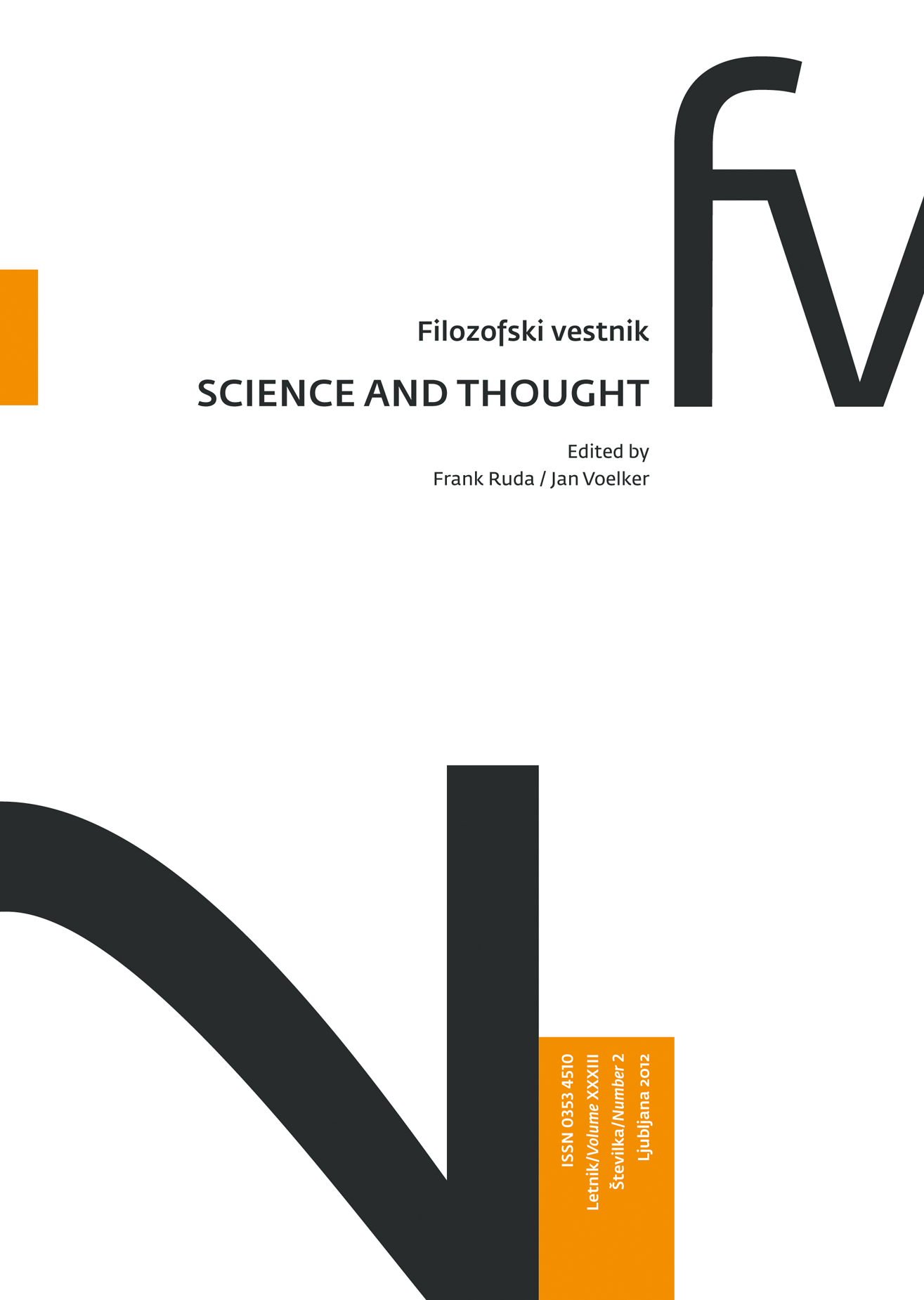Triebgesellschaft. Zolas La bête humaine und die Kriminologie
Povzetek
Since the studies of Adolphe Quetelet, Franz von Liszt, and Cesare Lombroso, an empirical discourse has been established at the borders of statistics, criminology, and jurisprudence that sees in the dangerous individual a paradigmatic figure of the abnormal. Zola’s novel La bête humaine converges with this statistically induced criminology in at least three points: 1. in the reference to the complex of the dangerous individual; 2. in the assumption that all social processes have a reason in a fictitious figure; and 3. in the detection of a danger area in which the social body is measured alongside a distribution scale of norm and defiance. These aspects point to the fact that a diffuse and dangerous force is working within the social body as well as within the body of the individual. All social relationships are pervaded by an energetics and a drive that functions automatically and out of reach of the will of the individual.Prenosi
Podatki o prenosih še niso na voljo.
Prenosi
Objavljeno
2013-09-27
Kako citirati
Potocnik, M. (2013). Triebgesellschaft. Zolas La bête humaine und die Kriminologie. Filozofski Vestnik, 32(2). Pridobljeno od https://ojs.zrc-sazu.si/filozofski-vestnik/article/view/3247
Številka
Rubrike
Science and Thought
Licenca
Avtorji jamčijo, da je delo njihova avtorska stvaritev, da v njem niso kršene avtorske pravice tretjih oseb ali kake druge pravice. V primeru zahtevkov tretjih oseb se avtorji zavezujejo, da bodo varovali interese založnika ter da bodo povrnili morebitno škodo.
Podrobneje v rubriki: Prispevki





